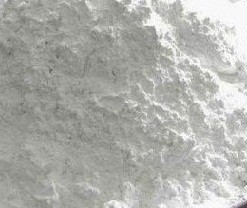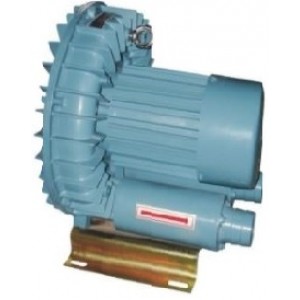You have no items in your shopping cart.
Details
Calcium Carbonate CaCO₃ – Pondwater Conditioner & Liming Agent
Calcium Carbonate CaCO₃ is a mineral additive designed to correct acidic pond conditions and improve water productivity. Ponds constructed over clay soils often experience low alkalinity and hardness, which reduces aquatic performance and causes harmful pH swings.
Liming with CaCO₃ balances pond pH, improves mineral profile, and enhances fertilization effects. It boosts calcium and magnesium levels essential for fish physiology and supports skeletal development.
Usage Instructions:
- Apply to pond bottom or mix into water column based on total alkalinity
- Suggested dose: Maintain ≥ 20 mg/L total alkalinity
- Use periodically to stabilize water during seasonal shifts or fish stocking
Key Benefits:
- Raises water hardness and improves buffering capacity
- Suppresses toxic aluminum & hydrogen ions from acidic soils
- Prevents harmful daily pH fluctuations
- Boosts pond productivity and zooplankton response
Specifications:
- Size: 10kg
- Weight (default): 10kg
- Country of Origin: India
Keywords: Calcium Carbonate CaCO₃ aquaculture, pond liming agent, pH buffer, turbidity reducer, water hardness stabilizer, pond productivity enhancer
- Product Description
-
Details
Calcium Carbonate CaCO₃ – Pondwater Conditioner & Liming Agent
Calcium Carbonate CaCO₃ is a mineral additive designed to correct acidic pond conditions and improve water productivity. Ponds constructed over clay soils often experience low alkalinity and hardness, which reduces aquatic performance and causes harmful pH swings.
Liming with CaCO₃ balances pond pH, improves mineral profile, and enhances fertilization effects. It boosts calcium and magnesium levels essential for fish physiology and supports skeletal development.
Usage Instructions:
- Apply to pond bottom or mix into water column based on total alkalinity
- Suggested dose: Maintain ≥ 20 mg/L total alkalinity
- Use periodically to stabilize water during seasonal shifts or fish stocking
Key Benefits:
- Raises water hardness and improves buffering capacity
- Suppresses toxic aluminum & hydrogen ions from acidic soils
- Prevents harmful daily pH fluctuations
- Boosts pond productivity and zooplankton response
Specifications:
- Size: 10kg
- Weight (default): 10kg
- Country of Origin: India
Keywords: Calcium Carbonate CaCO₃ aquaculture, pond liming agent, pH buffer, turbidity reducer, water hardness stabilizer, pond productivity enhancer
- Product Tags






